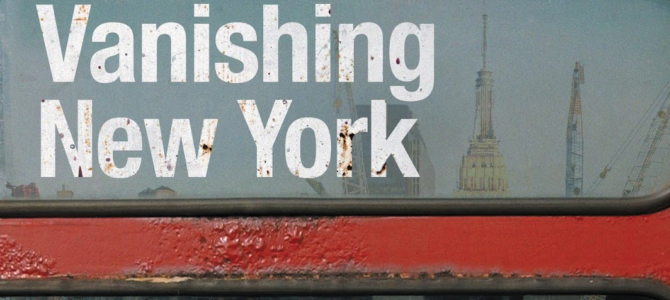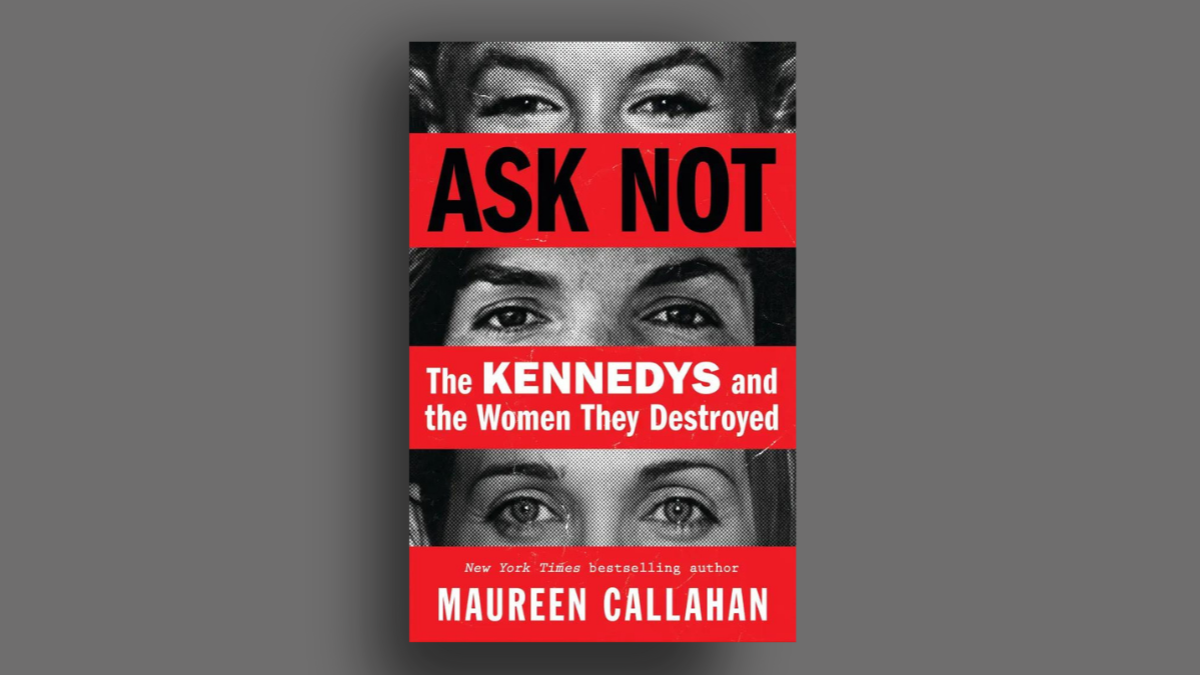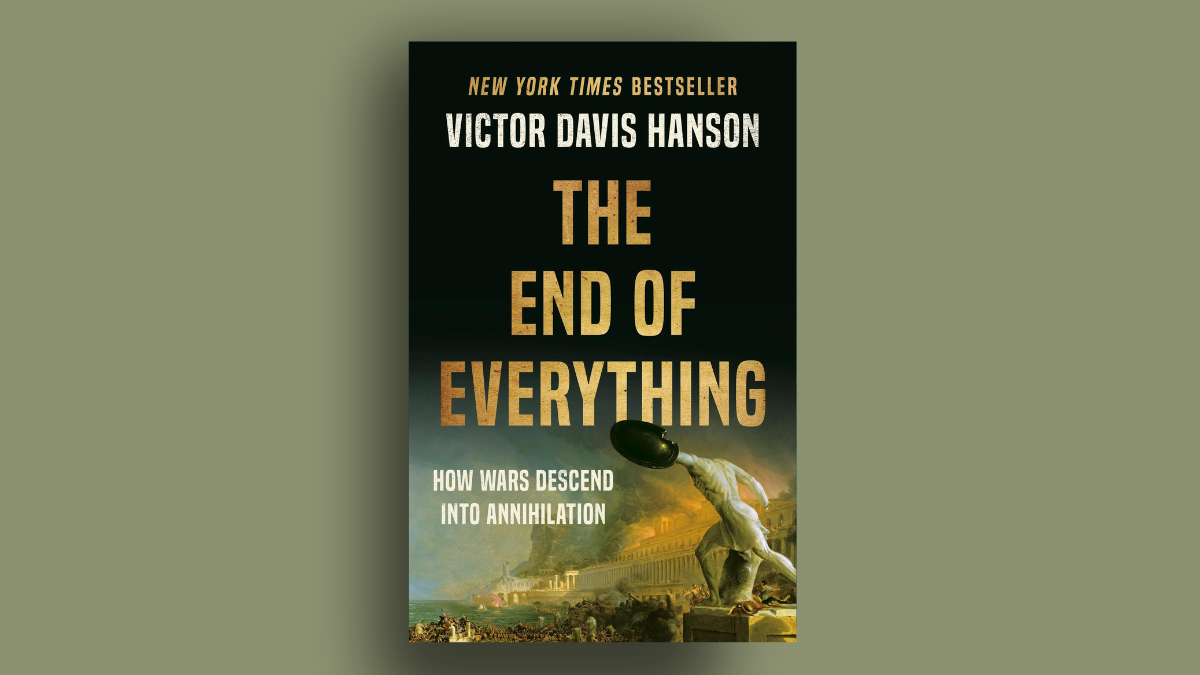
Jeremiah Moss writes about his adopted hometown of New York City with a poet’s sensitivity and a novelist’s talent for immersing the reader in the Gotham of his dreams: a mysterious knockaround city of hustlers, freaks, and salt-of-the-earth saints.
Moss (who, after a decade of pseudonymity, has been revealed as Griffin Hansbury, a psychoanalyst and social worker living in the East Village) has just released Vanishing New York: How a Great City Lost Its Soul, which builds on the reporting done at Moss’ popular blog of the same name by expanding it to an over 400-page polemic against what Moss calls “hyper-gentrification” and the rapid suburbanization of New York City.
At times a genuinely heartbreaking tour of the diners, dive bars, bakeries, micro opera houses, and chop shops that comprised the beating heart of working class New York City, Vanishing New York is designed to make the reader rage against what Moss repeatedly refers to as “neoliberalism” — which in the case of this book comprises anything from capitalism to real estate rezoning to top-down government edicts on how neighborhoods should function.
Moss, who fell in love with New York when visiting Times Square as a child, fetishizes a grittily “authentic” past which mostly transpired before Moss first moved to the city from suburban Massachusetts in 1993. Though a lover of New York, Moss is a jealous and obsessive lover — disgusted by tourists and furiously judgmental of how subsequent suburban transplants have made their way in New York.
While it’s easy to share Moss’ revulsion at the glut of massive, interchangeable chain coffee shops, pharmacies, and banks occupying the real estate once inhabited by the unique, independently-owned businesses that provided New York with so much of its character, the author adopts a rather square “get off my lawn” posture when railing against things like cupcake shops and cellphones as some of the most odious signifiers of a city in decline, seemingly unaware that jerks who text while walking exist everywhere.
Moss spares no opportunity to pen wistful paeans to a time when junkies and drunks owned the street life of the East Village, and Vanishing New York repeatedly laments how such elements have been replaced by what Moss sees as the truly verminous disgrace to a once great city: obnoxious polo shirt-clad frat boys and vomiting “woo” girls who can’t handle their booze. One wonders if Moss believes the downtown addicts and alcoholics of the 1970s and 80s always made it to the toilet in time, while being polite enough not to wake their neighbors.
To be sure, the violent, crime-riddled, unmanageable basket case that was New York circa the mid to late 20th Century was a wonderfully inviting place for bohemians, artists, and people who simply couldn’t be themselves in small towns — people like Moss, who was attracted to New York in no small measure because as a transgender person, the big city was a far safer place to transition.
Moss fully admits to indulging a rose-colored glasses vision of the past and Vanishing New York makes convincing arguments for the necessity of nostalgia (mental health being among them). But what Moss never acknowledges about nostalgia is that it erases rationality, affixing glamour to the more painful elements of history. Such hyper-nostalgia leads to some ridiculous lamentations, like the fact that deceased mafia kingpin and notorious mass murderer John Gotti’s former hangout is now occupied by a “high-end shoe designer.” Hey, racketeering and terrorizing small business owners aside, at least Gotti was authentic New York.
To be sure, Moss makes compelling arguments against some abusive tactics taken by several mayoral administrations to create a “safer” city, particularly Rudy Giuliani’s rezoning of Times Square to force legal adult establishments out of existence (rightfully cited as “antithetical to civil liberties and to First Amendment principles”).
Moss also convincingly rails against the exponential spike in tourism of the past decade — something that on its face could be seen as an obvious benefit to the city’s economy — as a poorly considered act of social engineering by former Mayor Mike Bloomberg’s administration. Without accounting for the necessary advancements in infrastructure to accommodate a permanent transient population of tourists, New York’s already crowded and overtaxed public works are buckling under the pressure. Unfortunately, Moss’ big picture solutions amount to calling for a ban on hotel construction and hoping that New Yorkers will mimic big city Europeans by generally acting like jerks to visitors.
Some of Moss’ most informed and righteous tirades are aimed at Bloomberg — the nanny statist who never met a crony capitalist endeavor he couldn’t help fellow billionaires profit from — and the many outrageous seizures of private property through eminent domain which bore the former Mayor’s blessing.
From the development of Brooklyn’s Barclay’s Center to the New York Times building in midtown Manhattan to the destruction of the community of auto repair garages in Queens’ Willets Point (soon to be a mall in the shadow of Citi Field), each act was a disgraceful collusion between private and public interests, where the government handed the uber-wealthy someone else’s property in the name of community “improvement.” But Moss never mentions that this practice was legitimized by the left wing of the Supreme Court — not typically as associated with the dreaded “neoliberalism” as the heartless conservatives on the bench. In a 5-4 decision favoring corporate interests in Kelo vs. New London, the court ostensibly ruled that government can steal property and collude with business if the government deems it in the interests of the community.
The late urban activist Jane Jacobs is frequently cited by Moss (who clearly delights in being compared to her), but her work is almost as frequently oversimplified and misinterpreted. Jacobs may have fought and ultimately defeated Robert Moses — for decades the most powerful and destructive bureaucrat in the United States — when he sought to “modernize” New York by building an elevated highway right through Jacobs’ beloved Greenwich Village, but that doesn’t mean Jacobs thought government should be in the business of ensuring permanent stasis, especially when it came to commerce.
Jacobs was a vocal anti-communist and strident opponent of the practice of governments picking winners and losers in business — which she thought resembled organized crime and which is part of why she, too, loathed Bloomberg. Thus, it is hard to imagine Jacobs would support Moss’ call to landmark “legacy businesses that contribute to the culture and history of the city.” However, it is easy to imagine CBGB’s — the iconic punk rock club that shuttered in 2006 — as a business that would have qualified for the breed of government favoritism for which Moss advocates.
Writing of CBGB’s demise, Moss only considers owner Hilly Kristal’s take on the club’s dispute with its landlord: that CBGB’s had been abused by unreasonable rent hikes from a “multimillion dollar corporation.” Though Moss expresses concern for the homeless, the book glides through details such as the fact that CBGB’s “corporate” landlord was the Bowery Resident’s Committee (BRC), a homeless advocacy group that wanted years of unpaid rent from a club owner who was not only notorious for stiffing musicians, but who also died a multi-millionaire from cashing in on his “authentic” legacy by selling CBGB’s T-shirts to tourists around the world. (Disclosure: My wife works for BRC, but did not until years after CBGB’s closed).
A gaping hole in Vanishing New York is the lack of any consideration for the fact that supply and demand might have just a little to do with the soaring rents and cost of living in Manhattan, which is no accidental omission on Moss’ part. In a 2015 roundtable hosted by New York magazine, Moss was blunt about not being interested in solutions that include the construction of more housing units, saying, “I don’t want to accommodate more people. There are too many f–king people here already.”
Having decided that the problem of unaffordability can be solved through government fiat, in Vanishing New York‘s conclusion Moss proposes a mixed bag of a “wish list” of 12 steps to save New York’s soul.
Moss calls to restrict eminent domain for projects only for public use, to level penalties on landlords who maintain empty storefronts indefinitely (creating “high rent blight”), and to tax luxury pied-a-terres to encourage housing development for people other than foreign oligarchs are all reasonable enough suggestions.
Less practical proposals include demands to “lower fines for small businesses,” an absurd idea that unintentionally exposes the arbitrary nature of the enforcement mechanisms inherent in government bureaucracy. Moss thinks Mom and Pop eateries should not be subject to the same health code penalties as chain restaurants, which completely ignores the reality that many chain restaurants are franchises and the individual owners pay those fines, not their corporate bosses.
Jeremiah Moss is a talented storyteller, with a great deal of knowledge and contagious passion for New York. But Moss is no Jane Jacobs.









